Caveat: An interview with director Damian McCarthy
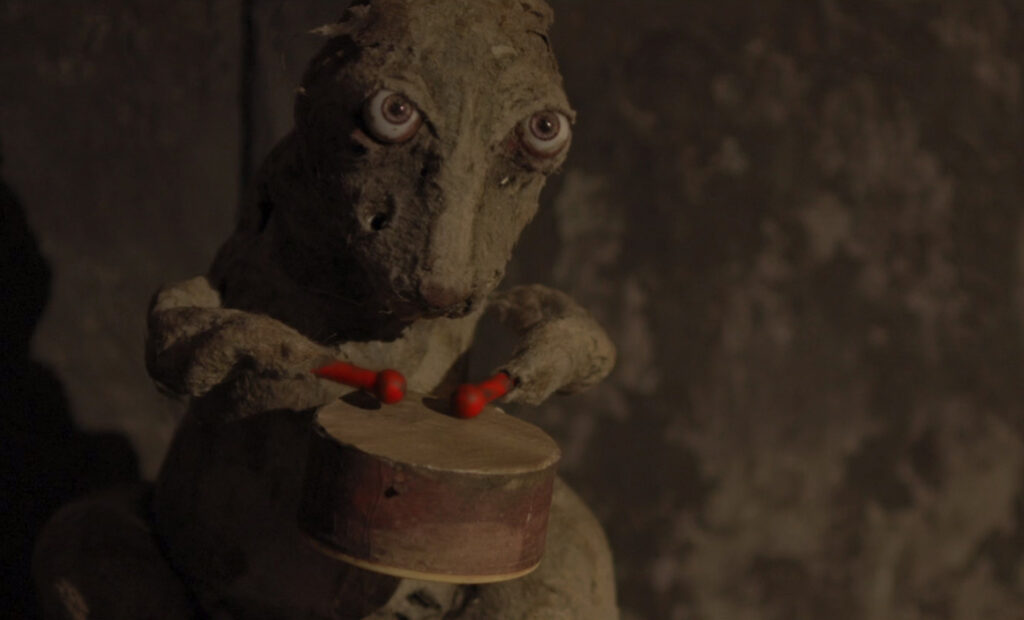
Damian McCarthy’s debut feature film, Caveat, is a thrilling ride that confirms the Irish director’s talent for suspense, which was already apparent in his acclaimed short films. It’s the story of Isaac, a young man who agrees to look after a troubled girl named Olga for a few days, in exchange for money he desperately needs. He gets far more than he bargained for when he discovers that she lives on an uninhabited island and that, for her peace of mind, he is required to wear a harness that restricts his movements around the house. The film has no shortage of fear-inducing elements, including a creepy mechanical bunny that drums to signal the approach of a mysterious presence.
We caught up with Damian through a video call to talk horror and filmmaking, and he told us how he went about creating his first full-length movie. He also revealed the horror films that inspired him the most, and explained why the drumming bunny was the most difficult actor to work with…
What is the seed that starts off the creative process when you’re making a new film? Is it a storyline? A location? A specific predicament?
It could be all of the above. If I find an interesting prop, then that could become the centre of the story, and I start writing around that. This is very much the nature of low-budget filmmaking: you’re trying to find an interesting location that you can get access to, and sometimes you have a situation or a scenario in mind, and you use it because it’s achievable to film on a limited budget and limited resources.
Both the internal and external locations in Caveat prove to be very effective in creating an unsettling atmosphere. How did you go about selecting the perfect settings?
I’m from West Cork in Ireland, and there are a lot of abandoned houses around here, so I began by checking them out. There was a lot of peeking into windows, but nothing suited. It wouldn’t have been practical to move a crew there, and it wouldn’t have been very nice conditions. So in the end we actually ended up building about 70/80% of what you see in the film, and we just incorporated one or two rooms that we had found nearby.
With limited funding, what was the most challenging or creative thing you had to do for the project?
Multitasking, definitely! I had a very small crew and they were all excellent – everybody really broke their backs to make the movie. You could have a person who was hired to do one role, but as the film goes on they would start to do other things and just helping out where they can, so it did become definitely a team effort. But I guess the challenge was that you’re still the director, and you could be in the middle of directing a scene and there’s a noise outside, and it’s kind of up to you to run out and see what’s happening and where that noise is coming from. And once I got into postproduction it did get quite tough, because I was editing it and I was sound-designing it and working with the composer, Richard G Mitchell, who was a great help to me. But yeah, I think it’s just trying to wear multiple hats and keep it all going that was challenging. I think it’s just the nature of the work, because I’ve read so much about guys who made their first film and they all say the first one is never the easiest, so hopefully it will get easier from here!
Nothing keeps the audience glued to a movie like tension, which you manage to build effortlessly in your work. Was it hard to maintain the suspense throughout a full-length film? What’s the secret to achieving that?
I knew that I could make a creepy five or ten minutes because I’ve made a lot of short films, and they have done well at film festivals. I’ve seen them play, not just to English speaking audiences, but all over Europe, and they’ve travelled quite well. So I knew that once I had a good idea for a horror set piece I could pull that off, but to stretch it over 90 minutes was new to me. It’s my first film, so it kind of felt like my film school, in the sense that I learned a lot making this and I can take what I’ve learned from it and go forward, and make another film using what I’ve learned, and then keep going like this. But I think what helped me to stretch out suspense over 90 minutes is just to never get too far ahead of myself. I’ve always had that third act in mind. I mean, for me, the scariest part of the film is the ending. I think the last 15 minutes is probably the part that I’m most proud of, and I do think that the suspense can get hard in that. We’re waiting for that release, and it does come down to when to release it with the audience, when to build it up, and how far, and to try to hold that for as long as you can without it being exhausting. I suppose it’s not up to me to say whether it worked or not, but that’s what I was aiming for.
What’s behind your choice to stay away from gore and excessive violence? What kind of “scary” did you want your film to be?
Suspenseful – more like a haunted house film. I like slasher movies and films with violence and all that, but I wanted it to be a film that just really relies on the supernatural and suspense. I think you can have a wider audience, too. There’s something that stays with you longer with that type of a scare.
The supernatural allows reality to be stretched in storytelling, but in Caveat even something as real as the unreliability of memory is used to distort reality. What can suspense and horror films reveal about the mechanics of the mind?
I guess in a film like Caveat – let’s say if a group of characters were together and something strange happens, they could turn to the person next to them and say: “Do you see this too?”, then you’ve got that reassurance that it’s actually happening. But when a guy is on his own, especially a character like Issac, who clearly has some kind of memory gap, it’s just up to him to say: “Okay, is this my mind playing tricks on me? Or is this very strange thing actually happening?”. I think it’s a real primal fear: that you’re alone, you’re in this place that you’re not familiar with, and your mind can play tricks on you. For me that’s a huge part of this type of haunted house horror sub-genre.
You have a foundation in short films – what was it like to be able to work on a much bigger scale?
For all the short films I’ve done, anything that was going to be in them, I would have to know how to build myself or do myself. With Caveat, because we did have a little bit of money to spend on it, I didn’t have to make that drumming bunny, for example. I was able to hire this really talented prop and costume designer named Lisa Zagone, who lives here in Cork. The same with the harness – I wouldn’t have been able to make that, but luckily I have a friend who is very good at working with leather and could create this amazing thing. I guess that once you move to features and you have a little bit of finance to play with, and you’re used to having zero, it really helps!
Which directors or films influenced you the most when you started to create your own projects?
Sam Raimi, who made Evil Dead Two. I guess that was probably the first film I saw that I was like, “Okay, I need to learn how to make movies like that!”. That was hugely inspirational. It’s such a good film. Or John Carpenter’s The Thing – the way he’s able to create suspense and make empty rooms seem very foreboding, and the paranoia and the claustrophobia he creates… He is so talented!
What are your feelings about claustrophobia? Do you think that’s one of the scariest situations a character can find themselves in?
I think so, because if something really terrible is happening, there is just no getting away from it – you’re forced to deal with it. For me, I would feel very threatened if something like what was happening to Isaac in the film was happening to me. There is nowhere for him to go, so he really just has to ride it out. I find claustrophobia a lot more suspenseful, and creepier than the likes of a chase film or a stalker scenario, where I guess you can get into the car and drive, you can keep trying to escape. But if there is nowhere to go, then you’re down to relying on your own wits to get you out of it.
Did you discover anything new about yourself while making this film?
I found that I learned a lot as a writer. I wrote the film, directed it and edited it, and once you get into the edit, that’s when you see all of the mistakes that you made in the script. I’d say, “Oh, I wish I’d done a little bit more of this, or less of that.” So, as a writer and filmmaker, it’s been a huge lesson, and I can take that with me going forward. As a person: definitely not to identify with what I’m doing. You can get very hung up on the idea that what you do for a living is who you are, and it’s a very dangerous thing. There were times when I was making the film, especially when I’d gone into the editing, and it was such a long process, took over two years, and it’s very difficult to look at the same footage, day in, day out. After a while you start going: “Is this any good? Am I wasting my time?”. So you kind of start to feel like if the film fails, then you fail, and I think it’s a really unhealthy thing. So, the next film I make, I will try to remind myself that it is just a movie, that if it doesn’t work out it’s not the end of the world. I’m still doing my utmost best to make the best film I can.
Do you think you will stick to horror films in future, or do you see yourself exploring different genres?
Well, I have a stack of scripts here – there are like ten films I’m ready to make! The next two I’d like to make are horror films, but I would like to also move away from it a little bit. I do love science fiction, I love action movies (although I know that’s a whole other thing), and I like historical fiction. There’s all these things I’d like to have a go at, but I think I’ll always like to keep horror films in mind. If you did shoot – let’s say – a science fiction movie, you can still shoot it through the lens of a horror film director. You would have learnt how to build suspense and how to get a reaction from the audience, so it would be nice to never lose that. A good example is Peter Jackson. His first two films were horror films, then he moved onto things like The Lord of the Rings. I mean, if you look at The Lord of the Rings, there’s some very frightening moments in it, and you can still tell this was made by a guy who has a real eye for horror and for scaring an audience.
Do you like to read horror fiction?
My reading is terrible at the moment – it’s all autobiographies these days! I just finished George Lucas’ A Life, which is a big tome of a book, and it’s amazing. And before that it was Stanley Kubrick’s autobiography. I used to be much better when I was younger, I used to read a lot of – I guess they’re kind of pulpy books, like James Herbert and Shaun Hutson. Shaun Hutson more when I was in my 20s. I’ve read a lot of his stuff – they’re extremely violent books, but what I liked about them was that his imagination just seemed so free, and it’s a kind of wild take on things that I know influenced me somehow. Even though what I’m doing is so completely different, it still gets in there I guess.
You have the drumming bunny sitting on your shelf! Is that going to be your mascot from now on? And is it true that you tried to fix it yourself when it wasn’t behaving as expected?
There he is! Yeah, it’s a nice thing to have. I should probably put it away in a box, ’cause I know one of these nights I’m going to hear it drumming, and there’s no batteries in it anymore! It used to have a little wire that travelled on its back so we could turn the switch on and off. But, yeah, often it broke down. I’ve heard great stories about the shark in Jaws – do you remember that story that it kept breaking down all the time? It’s the same with the bunny. The mechanisms were so old that you’d say, “Action!”, and he’s supposed to drum, but just one of his hands was drumming, so you’d quickly try to open him up, find which wire is broken, and one of the plastic cogs in his arm had cracked. He was the most difficult actor that we had in the film, for sure! And actually, he doesn’t work anymore, now he’s completely broken. The last time he drummed is in the film; it’s when Leila [Sykes, who plays Olga] is coming down the stairs and he’s drumming in the dark. We did it, and it worked, and we had the take, then I said: “Okay we’ll get one more just in case, just for safety.” And I said, “Action!” and he just refused to drum. That was it, he never worked again.
What kind of reaction do you like to see, when you watch your films with an audience?
Once you get to the scare and people get a fright and everybody screams, it’s when they start laughing afterwards that I love – because there’s such a fine line between comedy and horror, and none of the films I made are, I guess, to be taken too seriously. I have yet to see Caveat with an audience. I got to see it with a limited crowd here in Cork. It’s really educational to be able to watch films with people. What you usually find is that parts that maybe you thought would be a little bit funny would get a big laugh, or parts you didn’t think were that scary, people react differently to them. An audience is very clever, they’ve seen enough horror films to know what you’re trying to do, they know where they’re being led. What I really loved from going to festivals in the past was that, as the scare was happening, as you were building up to it, they’d start getting that nervous laughter and they’d start covering their eyes, and that’s a really good feeling, I hope I get to see that again someday with a crowd.
Mersa Auda

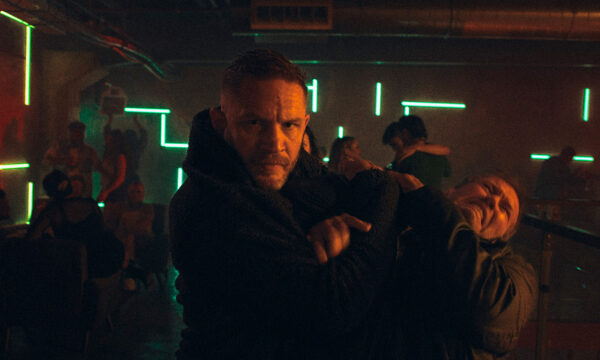
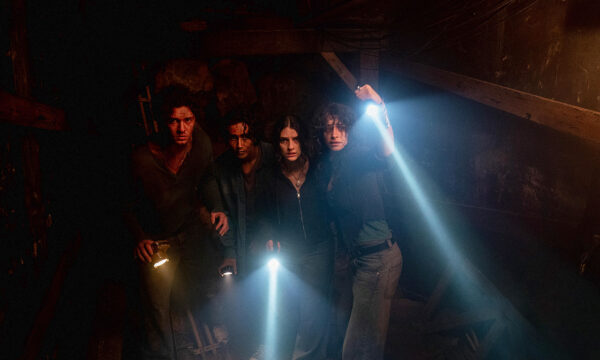
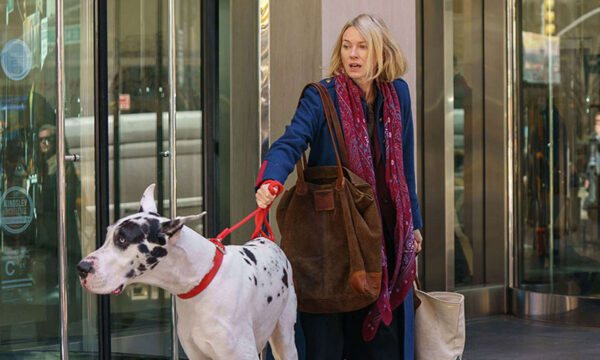
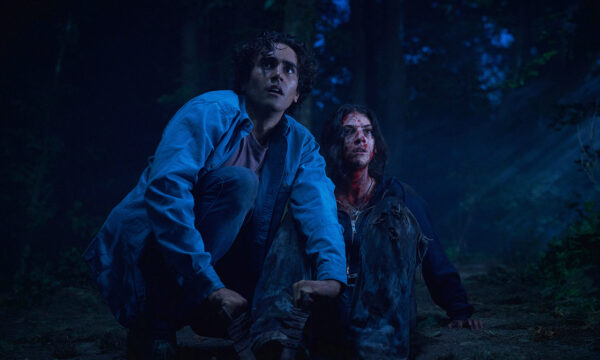
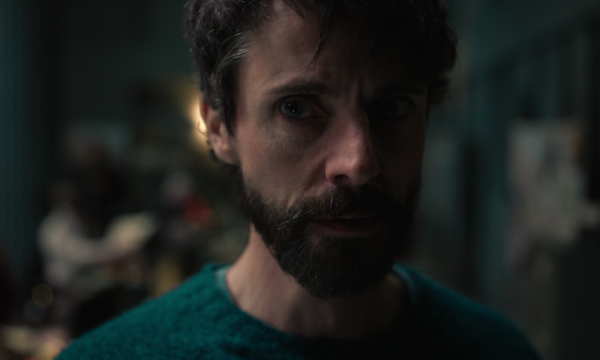
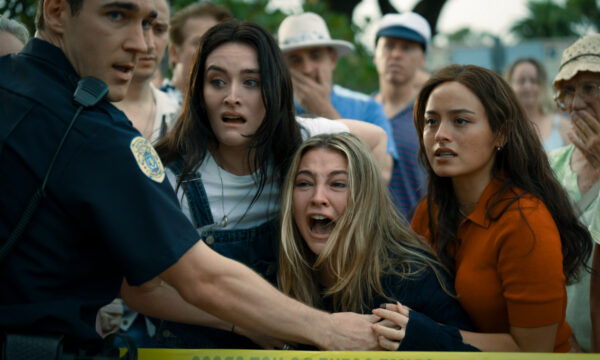
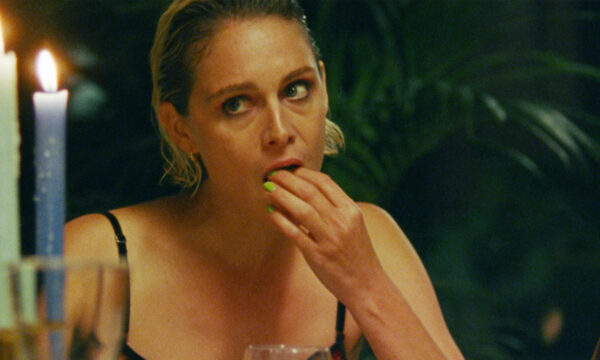
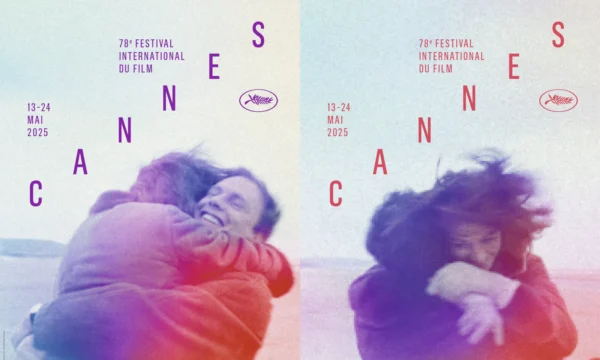
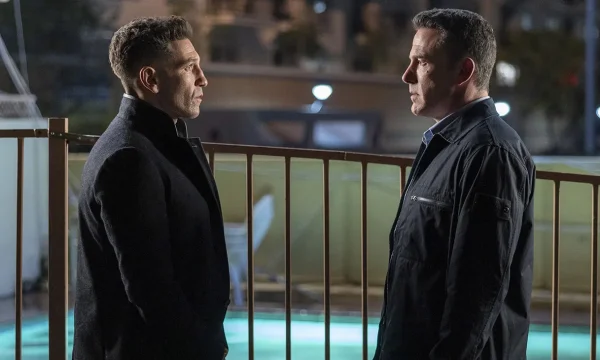














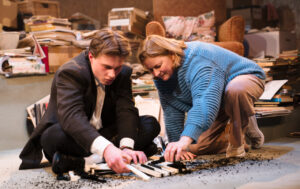
Facebook
Twitter
Instagram
YouTube
RSS